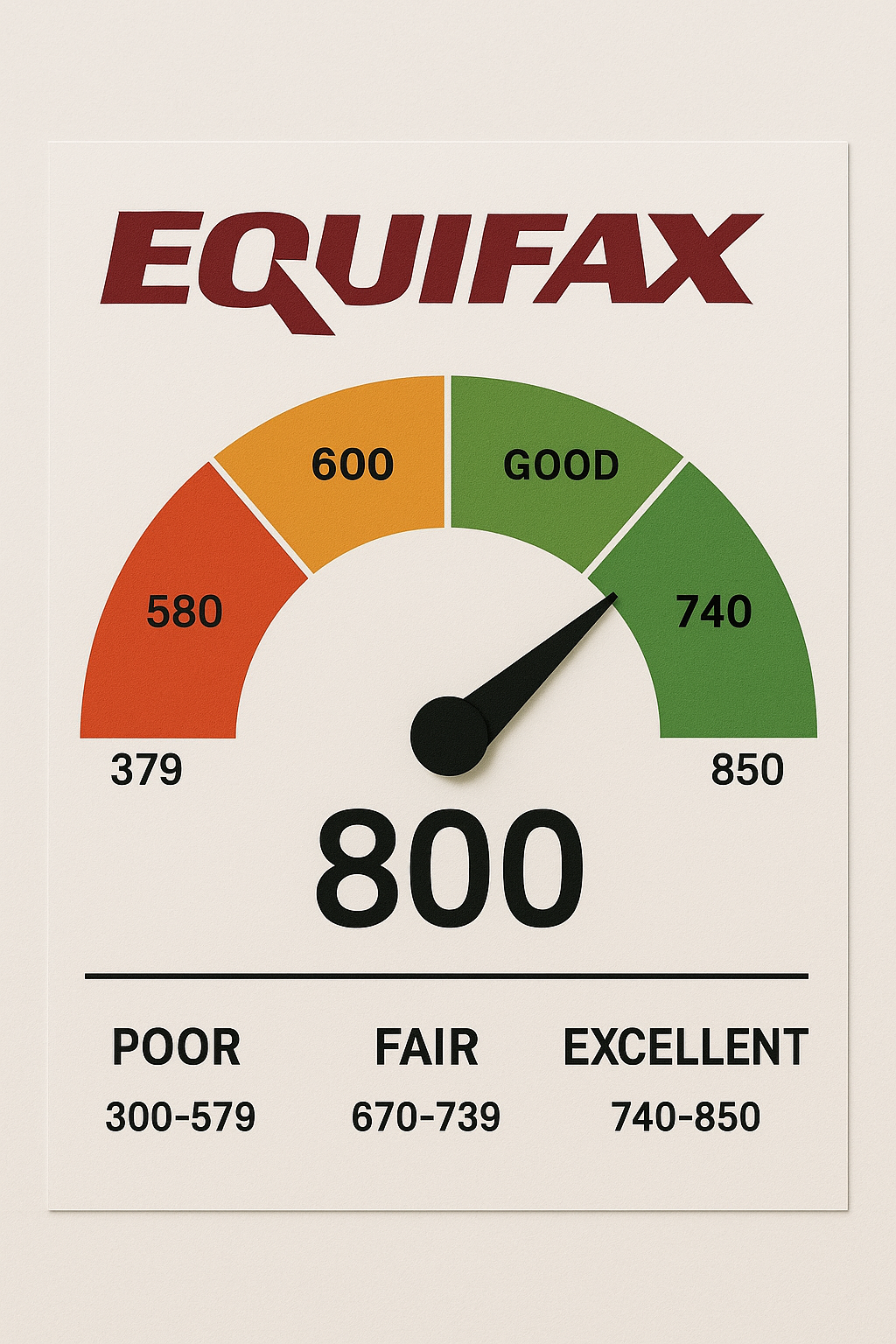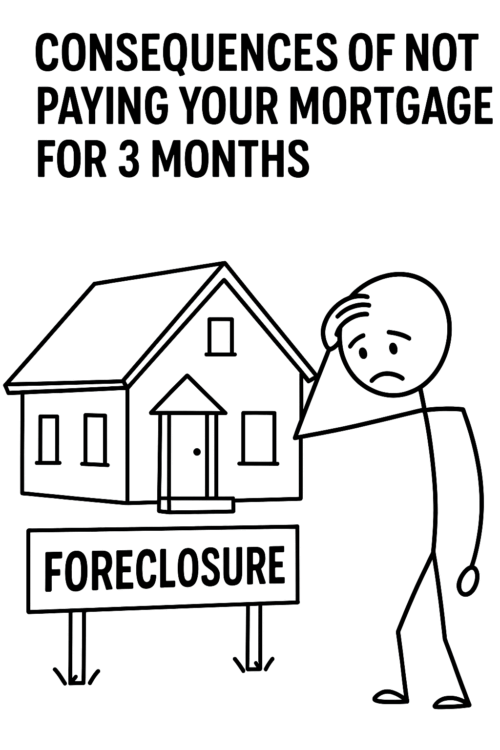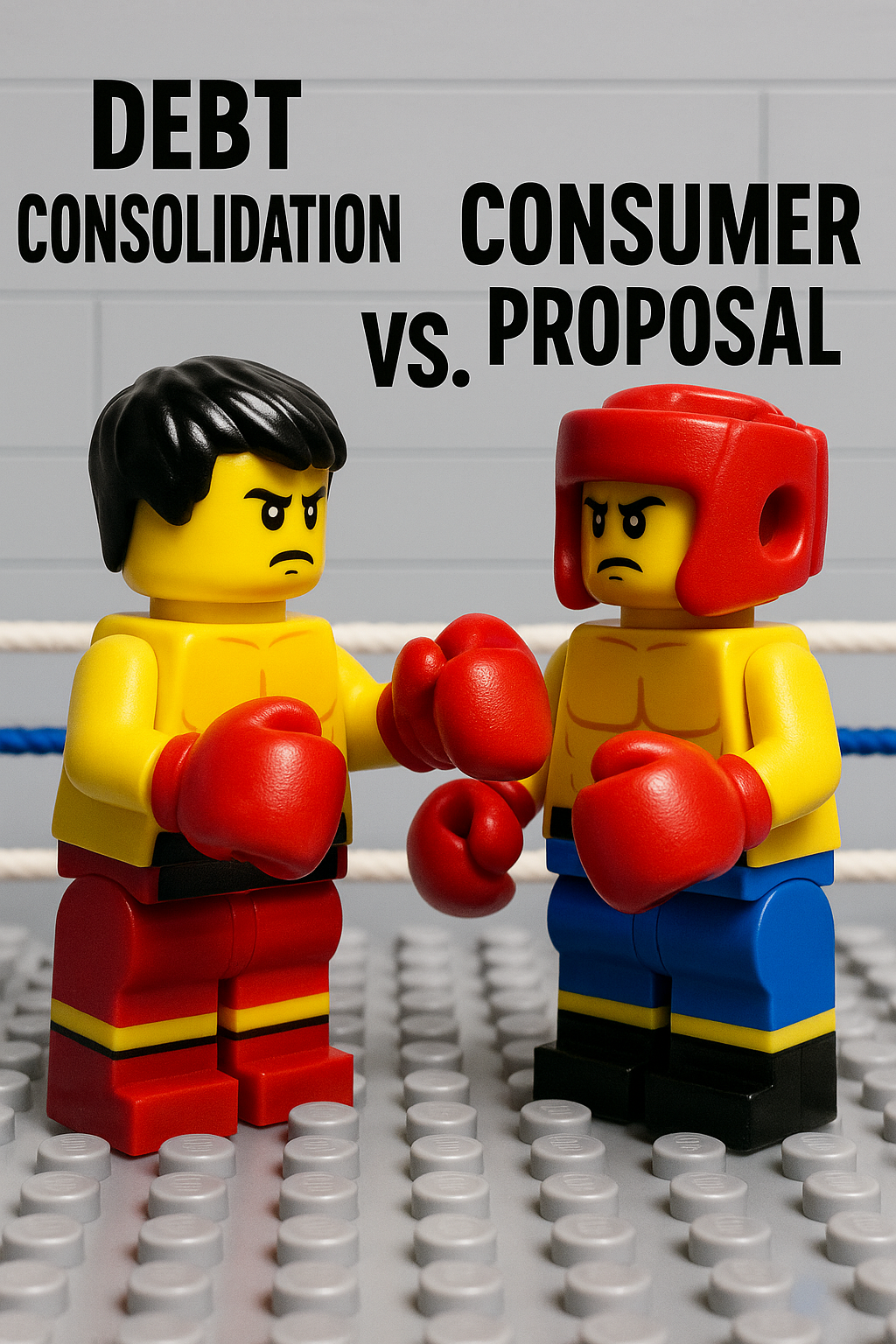Table of Contents
ToggleSeven Fast Credit-Score Wins Before Your Mortgage Application in Canada 2025
Getting mortgage-ready in Canada isn’t just about saving a down payment. Your credit score (300–900) and the story behind it—payment history, credit utilization, and recent inquiries—can make or break your approval and the rate you get. Generally, 660+ is considered “good,” with higher tiers unlocking better pricing and more lenders.
Below are 7 quick, ethical moves you can take action in the next 30–90 days to polish your file before you apply. Each tip is specific to how Canadian lenders and bureaus work—and geared to the current OSFI mortgage stress test and affordability rules.
1) Pull both bureaus for free—and fix errors fast
Canada has two bureaus—Equifax and TransUnion—and lenders may check one or both. Start by downloading your free online reports from each and scanning for wrong late payments, duplicate accounts, or outdated balances. Dispute inaccuracies immediately; a clean report can move your score dozens of points and eliminate surprises at underwriting. Canada.ca+1
Pro tip: takew a snapshot credit report today, then again in ~30 days after inaccuracies are fixed, so you can show progress to your broker.
2) Crush your utilization below 30% (ideally 10–20%)
Credit utilization—your balance relative to the limit—drives a big slice of your score. Aim to report under 30% on each revolving account (credit cards/lines), with 10–20% often scoring best. Two high-impact tactics:
-
Mid-cycle paydowns: card issuers usually report the statement balance, not the current balance. Paying before the statement cut can slash reported utilization without spending a dollar more.
-
Strategic limit increases: if your budget is tight, a modest limit bump (no new card) can lower utilization mathematically. Request it only on well-managed, older accounts to avoid hard pulls.
As utilization falls, scores typically improve—a dynamic the bureaus themselves confirm.
3) Eliminate recent derogatory reporting
Nothing dents a score like a recent late payment. If you’ve slipped in the last 6–12 months:
-
Bring the account current and set auto-payments for at least the minimum.
-
Ask for a one-time courtesy reversal if you have years of on-time history—some creditors will accommodate.
-
Keep the account open after curing the late; closing it can shrink your average age and raise utilization.
If collections exist, settling them can help underwriting even if the score bump is modest. Get paid-in-full letters and confirm the bureau update timeline.
4) Avoid new credit in the 90 days before you apply
New accounts and hard inquiries are short-term score drags. Unless you’re opening a secured card to build history (thin file), defer fresh applications until after your mortgage funds. If you must shop for a car or phone plan, ask the provider to soft-check first and wait on any hard pull.
5) Consolidate expensive debt to improve score and affordability
High-interest cards and loans hurt both your credit score (via utilization) and your TDS/GDS ratios, which lenders use to judge affordability. Consolidating into a lower-rate vehicle can cut monthly outflow and lift your score as revolving balances fall.
-
If you’re 60–80% loan-to-value and want flexible access, learn the basics in How to Get Approved for a HELOC in 6 Steps and this 2025 rate overview: HELOC Rates & Questions.
-
If you’re rolling multiple debts into one payment, compare scenarios in Refinancing to Pay Off High-Interest Debt or explore debt consolidation at renewal.
Why this matters for approval: Most insured/prime lenders target GDS ≤ 39% and TDS ≤ 44%. Reducing non-mortgage payments can swing you back under the line. Use CMHC’s calculator to estimate your ratios after consolidation.
6) Let your oldest accounts do the heavy lifting
Two friendly rules of thumb before you apply:
-
Don’t close your oldest, fee-free cards—your average age of accounts helps stabilize your score.
-
If you have multiple cards, spread balances so none exceed ~30% utilization individually (even if your total is low).
When in doubt, keep legacy trade lines open and lightly used; age and clean history are score boosters that creditors appreciate.
7) Align your file with Canada’s mortgage rules
A strong score is step one; qualifying under Canada’s rules is step two. Today’s OSFI Minimum Qualifying Rate (MQR) requires you to qualify at the greater of 5.25% or your contract rate + 2% (for uninsured mortgages). That means even with a great score, high debts can still block approval. Build your plan around this benchmark and around GDS/TDS targets.
To understand how lenders weigh credit scores and debt ratios together—and how that affects the mortgage products you’re offered—see How Mortgage Options Are Limited by Credit Scores and Debt Ratios.
A 30-day quick-start plan (you can reuse each month)
Day 1–3: Baseline & cleanup
-
Pull Equifax and TransUnion online; flag errors and start disputes.
-
List all revolving balances, limits, and statement-cut dates.
Day 4–10: Utilization attack
-
Schedule mid-cycle paydowns so the next statements report <30% utilization (target 10–20%).
-
If cash is tight, request limit increases on well-managed, older cards only.
Day 11–15: Payment protection
-
Set auto-pay minimums on every card/loan to eliminate accidental lates.
-
If you had a recent slip, call the creditor for a one-time late-fee/mark waiver.
Day 16–20: Affordability reset
-
Price a HELOC or refinance to consolidate high-interest debt and improve TDS. Use CMHC’s calculator to test pre- and post-consolidation ratios.
Day 21–30: Freeze “new credit”
-
Pause fresh applications and avoid new inquiries.
-
Re-pull your reports to confirm updates and store PDFs for your broker.
Frequently asked questions
How much can my score move in 30–60 days?
It depends on your starting point and mix. Meaningful jumps often come from lowering utilization, fixing errors, and curing any recent delinquencies—the biggest, fastest levers the bureaus highlight.
Should I pay off an old card and close it?
Usually no. Pay it down, keep it open, and use it for a small recurring bill on auto-pay. That preserves age and utilization benefits.
Do my cell phone and utilities help?
Some providers report positive payment history, but it’s not universal in Canada. Focus first on revolving credit (cards/lines), which has the most predictable score impact.
What score do I need for approval?
It varies by lender and product. Many prime lenders want 600–680+, but debt ratios, income stability, and property type also matter. (If you’ve been turned down, start here: Mortgage Denied? 5 Ways to Still Secure Financing.)
High-value resources (save these)
-
Government of Canada on credit report/score basics and how reporting works.
-
Get your free online reports from both bureaus.
-
Equifax on what’s considered a “good” score in Canada.
-
TransUnion on credit utilization and why lowering balances can lift your score.
-
OSFI on the Mortgage Qualifying Rate (stress test) for uninsured mortgages.
The bottom line
You don’t need a perfect 900 to buy a home—but clean reports, low utilization, and no recent credit noise can materially improve your approval odds and pricing. Start with the no-cost wins (reports, disputes, utilization timing), then upgrade your affordability by consolidating expensive debt where it makes sense.
If you want a quick, tailored plan, our team can map your score levers and debt-ratio math in one call and recommend the right path—whether that’s a HELOC, refinance, or waiting one billing cycle to report lower balances. Explore these next:
-
How Mortgage Options Are Limited by Credit Scores and Debt Ratios (how lenders weigh score + ratios)
-
How to Get Approved for a HELOC in 6 Steps (if a HELOC is part of your plan)
-
HELOC Rates & Questions 2025 (what to expect this year)
-
Refinancing to Pay Off High-Interest Debt (when consolidating improves score + TDS)
-
Debt consolidation at renewal (if your term end is near)
Educational only; not credit advice. Policies and programs change—always confirm details with your lender, broker, or a licensed credit counsellor.
- The Critical Consequences of Not Paying Your Mortgage for 3 Months - November 21, 2025
- The Critical Differences Between a HELOC and a Home Equity Loan Every Canadian Homeowner Must Know - November 19, 2025
- How to Get a Personal Loan Secured by Home in Canada in 2025 - November 17, 2025






